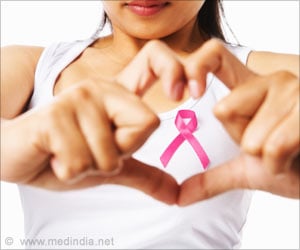The cancer incidence among children Australia rising, particularly in non-Hodgkin’s lymphoma and myeloma.
Childhood cancer is increasing in Australia, figures released by the country’s Cancer Council reveal.
Dr Anna Williamson, general manager of research, advocacy and patient care at the Leukemia Foundation, said children had a better chance of surviving than adults.She attributed a rise in blood cancers to an ageing population, but noted "unexplained increases'' in non-Hodgkin's lymphoma and myeloma. Lymphoma is a cancer of the lymph nodes and myeloma of the bone marrow.
"There has been a doubling of the rate of non-Hodgkin's lymphoma over the past 20 years and we don't know why - it seems to be a trend that is associated with a Western lifestyle, but it's difficult to say exactly what,'' Williamson said.
More than 500 children a year are diagnosed with cancer in Australia and the figure rises with the population, according to Dr Lesley Ashton, group leader of molecular epidemiology at the Children's Cancer Institute of Australia.
She said long-term, follow-up clinics were an important way to maintain the health of survivors and keep them informed.
"We don't know how much, but lifestyle factors such as smoking and obesity may have higher effects on survivors of childhood cancer than the rest of the population,'' she said.
Advertisement
Leukemia remains the most common childhood cancer (38 per cent), followed by deadlier brain tumours (15 per cent) and lymphomas (9 per cent).
Advertisement
Dr David Ziegler, pediatric oncologist at Sydney Children's Hospital, Randwick, hopes new treatments will boost brain cancer survival significantly within the next 10 years.
And as things stand only one in 200 young adults diagnosed would survive by 2010. But with medical advances, the proportion of childhood survivors is expected to rise by 50 per cent in two years.
Now clinics have been set up across Australia to provide the new generation of survivors with specialised health checks.
Source-Medindia
GPL /J









